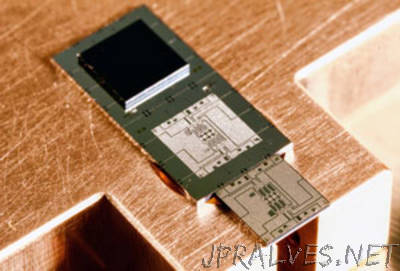
“By the end of 2017, Google hopes to make a 49-qubit chip that will prove quantum computers can beat classical machines. Quantum computers have long held the promise of performing certain calculations that are impossible—or at least, entirely impractical—for even the most powerful conventional computers to perform. Now, researchers at a Google laboratory in Goleta, Calif., may finally be on the cusp of proving it, using the same kinds of quantum bits, or qubits, that one day could make up large-scale quantum machines. By the end of this year, the team aims to increase the number of superconducting qubits it builds on integrated circuits to create a 7-by-7 array. With this quantum IC, the Google researchers aim to perform operations at the edge of what’s possible with even the best supercomputers, and so demonstrate “quantum supremacy.” “We’ve been talking about, for many years now, how a quantum processor could be powerful because of the way that quantum mechanics works, but we want to specifically demonstrate it,” says team member John Martinis, a professor at the University of California, Santa Barbara, who joined Google in 2014. A system size of 49 superconducting qubits is still far away from what physicists think will be needed to perform the sorts of computations that have long motivated quantum computing research. One of those is Shor’s algorithm, a computational scheme that would enable a quantum computer to quickly factor very large numbers and thus crack one of the foundational components of modern cryptography. In a recent commentary in Nature, Martinis and colleagues estimated that a 100-million-qubit system would be needed to factor a 2,000-bit number—a not-uncommon public key length—in one day. Most of those qubits would be used to create the special quantum states that would be needed to perform the computation and to correct errors, creating a mere thousand or so stable “logical qubits” from thousands of less stable physical components, Martinis says.”
